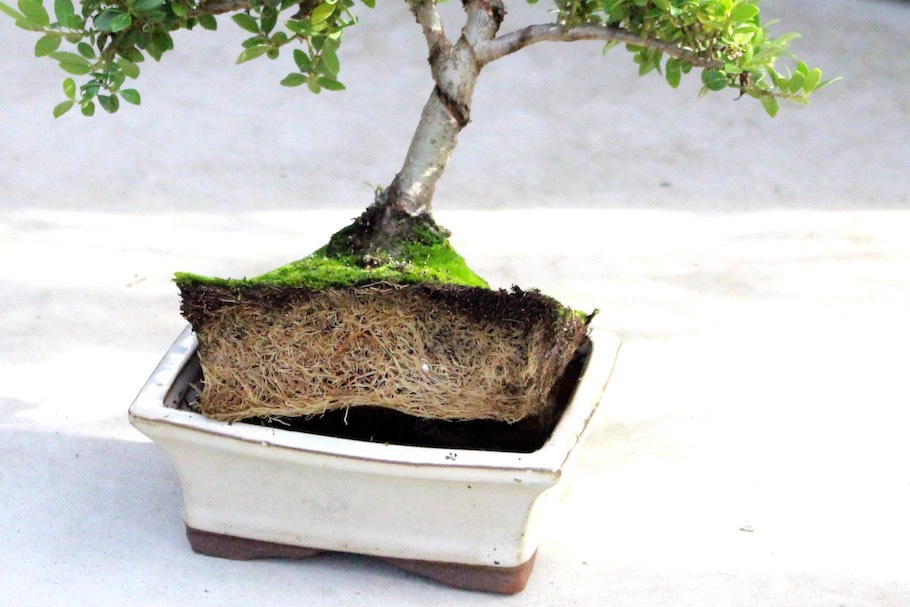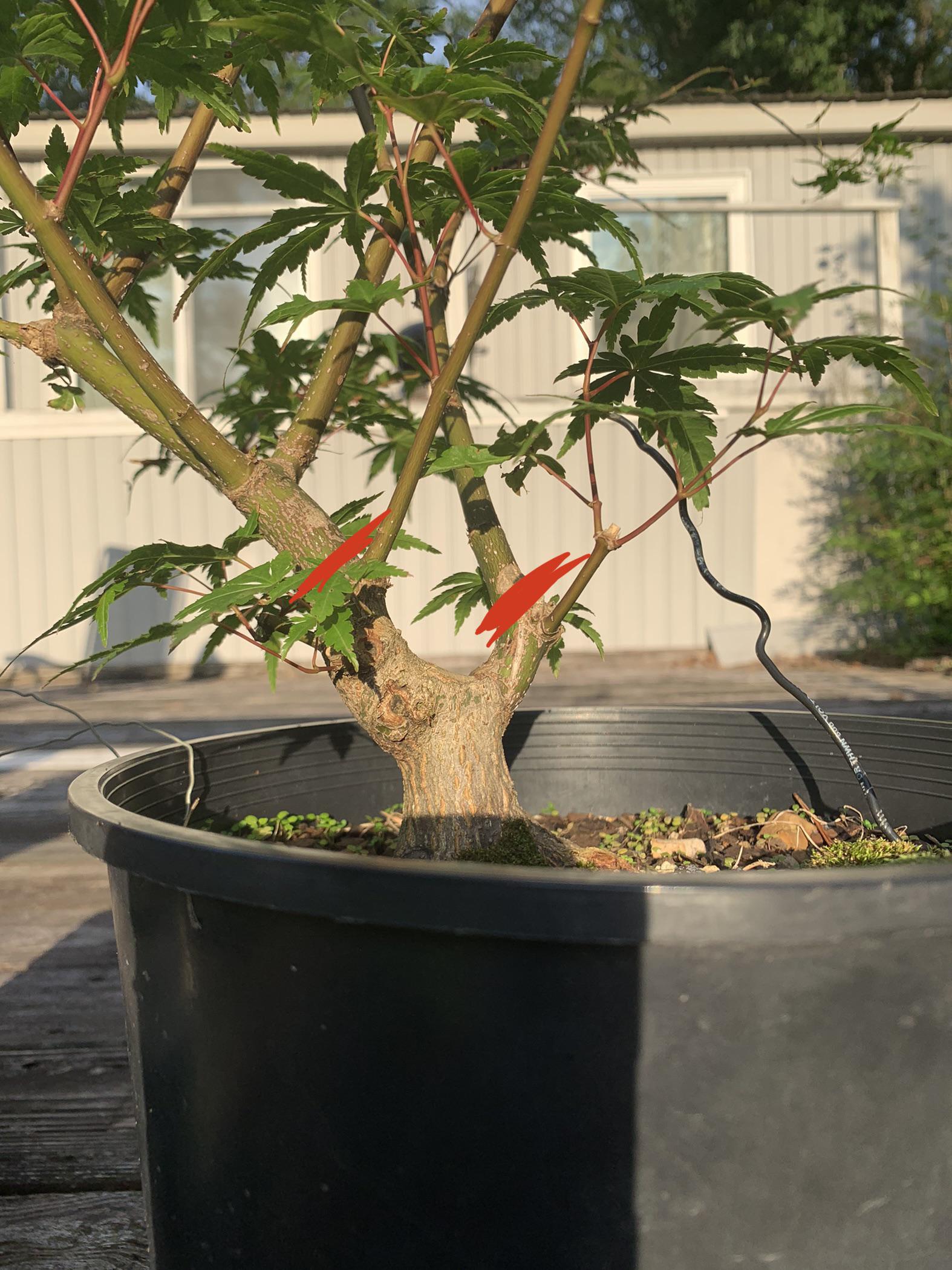The best time to plant a bonsai tree is during its dormancy period. Typically, this means planting in late winter or early spring.
Bonsai trees are miniature versions of full-sized trees, and they require careful timing for planting to thrive. Planting during dormancy allows the tree to establish roots before it starts growing in the spring. This timing is crucial for the tree’s health and growth.
In this blog, we’ll explore the ideal planting times for different types of bonsai trees. We’ll also discuss factors like climate, species, and care tips. By understanding these elements, you can ensure your bonsai tree has the best start possible. Let’s dive into the details and help your bonsai flourish.

Credit: www.reddit.com
Optimal Planting Seasons
Spring is a great time to plant a bonsai tree. The soil is warming up. This helps new roots grow. Trees wake up from their winter sleep. They start to grow new leaves. This gives your bonsai a good start. Water your tree often. This keeps the roots healthy.
Planting in autumn is also good. The soil is still warm. This helps roots grow before winter. Trees need less water in autumn. This makes it easier to care for them. Protect your bonsai from strong winds. This keeps the tree safe.
Climate Considerations
Temperature is key for bonsai growth. Bonsai trees prefer mild weather. Ideal temperature is between 60°F and 75°F. Too hot or too cold can harm the tree. A stable temperature helps bonsai thrive. Avoid frost. Frost can damage roots.
Humidity plays a vital role. Bonsai trees need moderate humidity. 50% to 70% humidity is best. Too dry can cause issues. Keep the air moist. Mist the tree often. This helps the tree stay healthy.
Geographical Influences
Planting a bonsai tree varies by region. In cold areas, plant in spring. This helps trees grow strong before winter. Warm regions allow planting in both spring and fall. Mild climates are more flexible. Always check local planting guides.
Microclimates are small areas with unique weather. Your yard may have microclimates. They affect planting times. Sheltered spots may stay warmer. These spots allow earlier planting. Open areas may be cooler. Plant later in these areas. Pay attention to sun and wind exposure. These factors influence growth.

Credit: www.bonsaiempire.com
Soil Preparation
Bonsai trees need special soil. Regular soil does not work well. Use soil with good drainage. This keeps roots healthy. You can buy bonsai soil mix. Or make your own with sand, clay, and organic matter. Each tree type may need different soil. Learn what your bonsai tree needs.
Bonsai trees need nutrients. They need nitrogen, phosphorus, and potassium. A balanced fertilizer works well. Apply it during the growing season. Do not over-fertilize. Too much can harm the tree. Follow the instructions on the package. Your bonsai will grow strong and healthy.
Watering Schedule
Planting a bonsai tree is best done in early spring. New growth starts during this time. It ensures healthy development.
Initial Watering
Newly planted bonsai trees need plenty of water. Check the soil daily. Make sure it stays moist but not too wet. Overwatering can harm the tree. Use a spray bottle to gently mist the leaves. This helps keep the tree healthy.
Long-term Care
Over time, bonsai trees require less frequent watering. Keep an eye on the soil. If it feels dry, add water. Seasonal changes affect watering needs. During summer, water more often. In winter, reduce the amount of water. Always use clean water for best results.
Sunlight Exposure
Bonsai trees need ample sunlight to grow well. They thrive with bright, indirect light for at least 6 hours a day. Direct sunlight can be too harsh.
Some bonsai trees prefer partial shade. Others can handle full sun. Check the specific needs of your bonsai species. Too much sun can cause leaves to burn. Too little sunlight can stunt growth.
Choosing The Right Bonsai Species
Bonsai trees come in many types. Juniper is a common choice. It’s easy to care for. Ficus is also popular. It grows well indoors. Maple trees are loved for their leaves. They change color in fall. Pine bonsai is another favorite. It looks like a mini forest tree. Cherry Blossom bonsai is beautiful. It blooms in spring with pink flowers.
Each bonsai species has its own needs. Juniper likes sunny spots. Water it often. Ficus needs less light. It’s good for indoor spaces. Maple bonsai should be kept outside. It needs seasonal changes. Pine bonsai requires sunlight and regular trimming. Cherry Blossom bonsai enjoys cool climates. Protect it from strong winds.

Credit: www.bonsaiempire.com
Expert Care Tips
Pruning keeps your bonsai healthy. Cut away dead or large leaves. Use sharp tools to make clean cuts. Trim branches that grow too long. This keeps the tree’s shape. Always prune in the right season.
Inspect your bonsai weekly. Look for pests like aphids or mites. Remove them by hand or with water spray. Use natural pesticides to avoid harm. Check for diseases like mold or fungus. Treat with fungicides if needed. Keep your bonsai in good light and air.
Frequently Asked Questions
What Is The Best Season To Plant A Bonsai Tree?
The best season to plant a bonsai tree is spring. This is when the tree is most likely to establish roots and grow.
Can You Plant Bonsai Trees In Winter?
It’s not ideal to plant bonsai trees in winter. Cold temperatures can stress the tree and hinder its growth.
How Much Sunlight Do Bonsai Trees Need?
Bonsai trees need about 5-6 hours of sunlight daily. This helps them grow strong and healthy.
What Type Of Soil Is Best For Bonsai Trees?
Bonsai trees thrive in well-draining soil. A mix of akadama, pumice, and lava rock is ideal.
Conclusion
Planting a bonsai tree at the right time is crucial. Spring and early autumn are ideal. These seasons offer perfect growth conditions. Always consider your local climate. Choose a sunny spot with good drainage. Regular care and patience yield the best results.
Enjoy the journey of growing your bonsai. It’s a rewarding experience. Happy planting!

My mission is to help you bring the beauty of nature indoors with expert advice, detailed plant care guides, and creative design ideas.





Leave a Reply